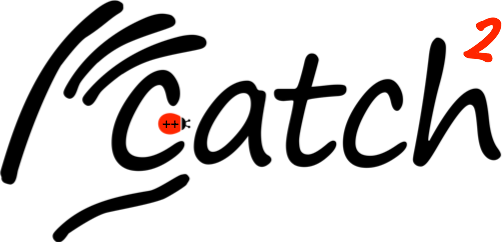This commit fixes issue that happens if the project above us uses the same variable name, thus confusing our script which see the variable scoped from the project including Catch2, rather than ours See #2202
Catch2 v3 is being developed!
You are on the devel branch, where the next major version, v3, of
Catch2 is being developed. As it is a significant rework, you will
find that parts of this documentation are likely still stuck on v2.
For stable (and documentation-matching) version of Catch2, go to the
v2.x branch.
For migrating from the v2 releases to v3, you should look at our documentation. It provides a simple guidelines on getting started, and collects most common migration problems.
What's the Catch2?
Catch2 is mainly a unit testing framework for C++, but it also provides basic micro-benchmarking features, and simple BDD macros.
Catch2's main advantage is that using it is both simple and natural. Tests autoregister themselves and do not have to be named with valid identifiers, assertions look like normal C++ code, and sections provide a nice way to share set-up and tear-down code in tests.
How to use it
This documentation comprises these three parts:
- Why do we need yet another C++ Test Framework?
- Tutorial - getting started
- Reference section - all the details
More
- Issues and bugs can be raised on the Issue tracker on GitHub
- For discussion or questions please use the dedicated Google Groups forum or our Discord
- See who else is using Catch2



